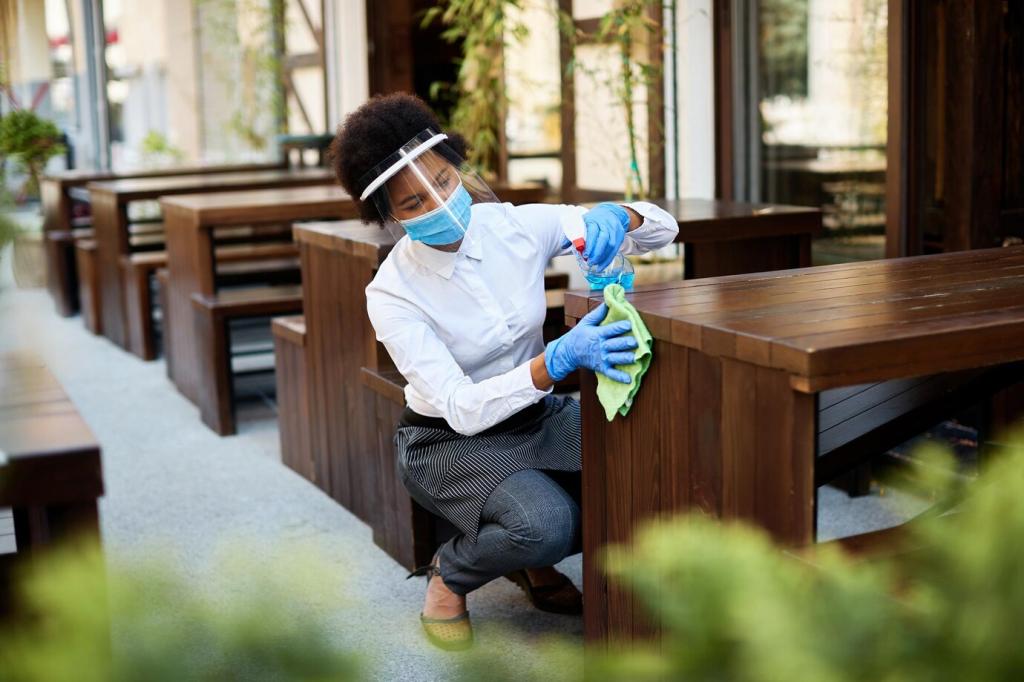Join the Community and Keep Learning
Tell us about the table you revived or the sofa you saved using today’s non-toxic methods. Your before-and-after photos could help a newcomer skip harsh cleaners and try a gentler approach first.
Join the Community and Keep Learning
Join our list for printable care calendars, seasonal reminders, and fresh recipe cards tested on real homes. We promise practical tips, no spam, and zero synthetic fragrance recommendations—ever.









